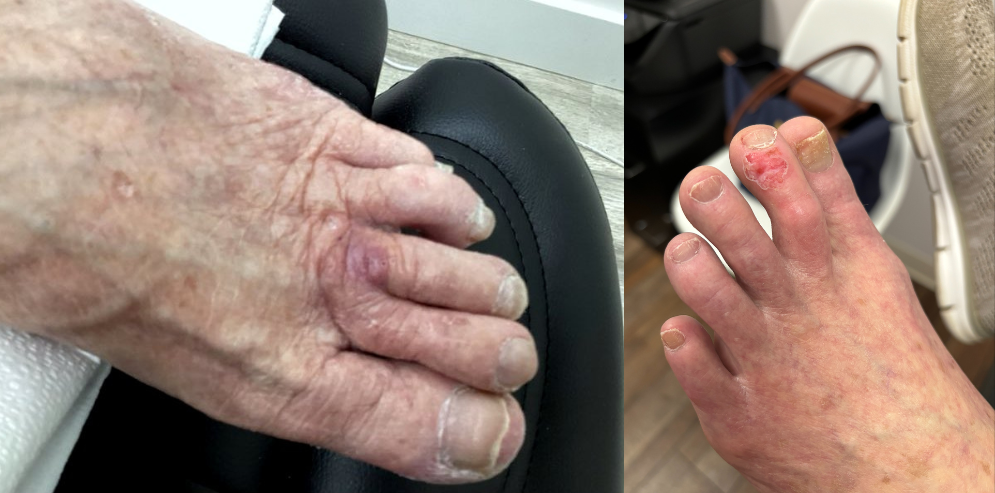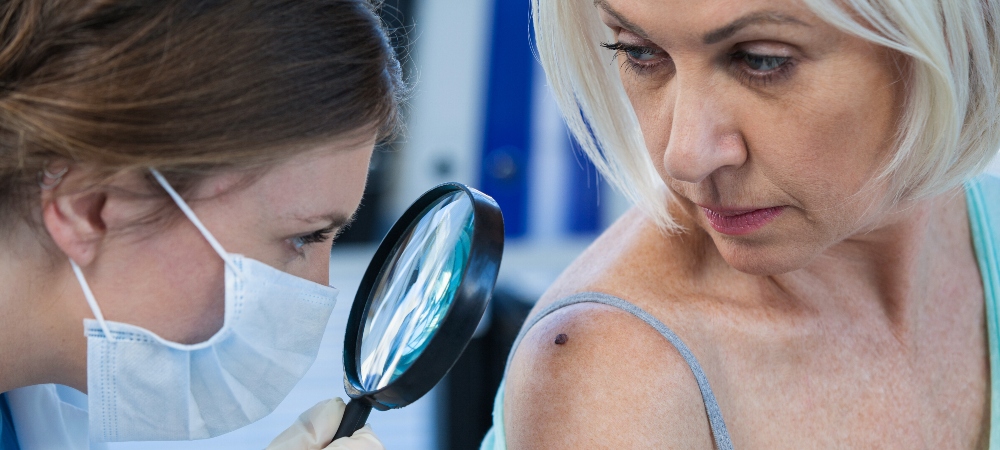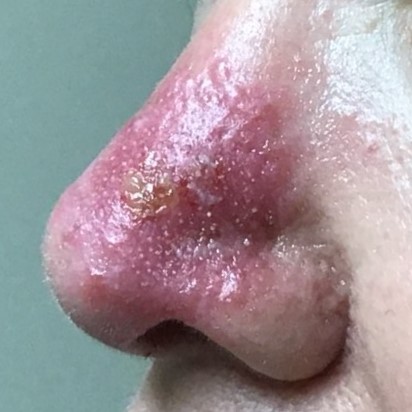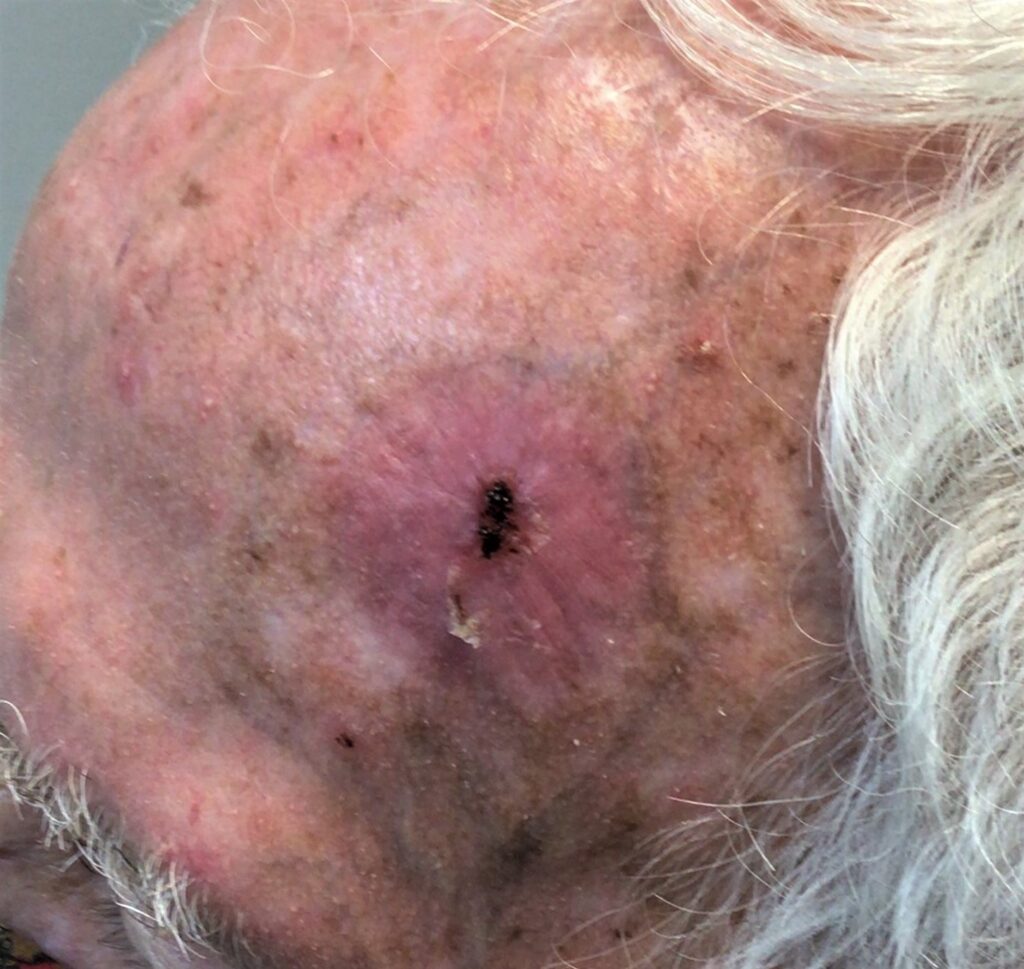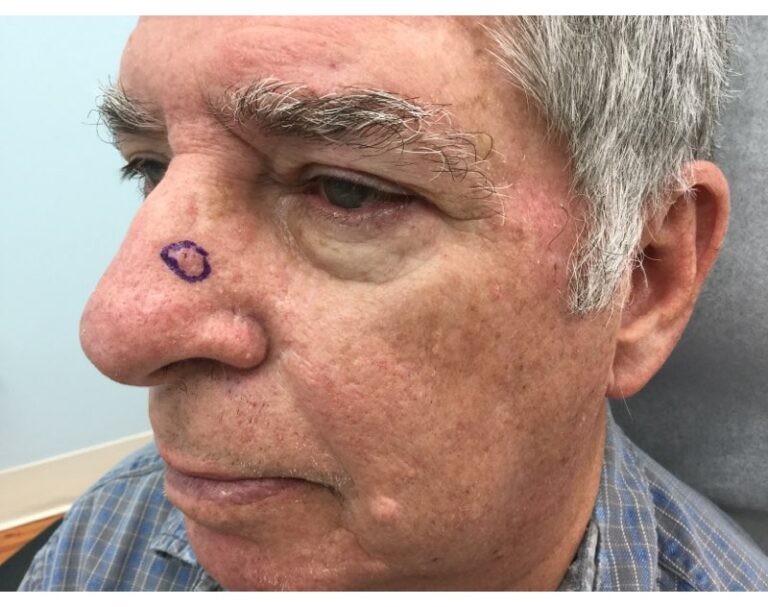
While working outside in occupations like farming, forestry and construction has its benefits, it’s important to understand that it also increases the risk of skin cancer. In this article, we’ll highlight that higher risk, the importance of preventing it, and the treatment options available.
The Invisible Threat: UV Radiation UV (ultraviolet) radiation is the hidden cause of skin cancer. While this energy from the sun helps our bodies make Vitamin D, too much exposure can seriously harm skin cells. Over time, this damage can lead to skin cancer.
Occupational Sun Exposure: A High-Risk Factor Outdoor workers have a higher chance of getting skin cancer because they spend so much time in the sun. While the sun is helpful, it can also be harmful, quietly affecting the health of those who work outside for long periods.
Skin Cancer Statistics: A Stark Reality Each year, more than 3 million people in the United States are diagnosed with skin cancer, and most of these cases are basal and squamous cell skin cancers. The main cause of this problem is UV radiation. Many people who are diagnosed have spent years in the sun without enough protection. A CDC study found that many outdoor workers, like those in farming and construction, don’t use sunscreen when working outside for long hours. Over half of those surveyed said they don’t use sunscreen and don’t usually look for shade while at work.
Prevention:
Early Detection and Skin Checks: Regular self-exams are important for finding skin cancer early. It’s a good idea to get a skin check from a dermatologist every year and to do self-checks once a month.
Recognizing Signs: Learn about the signs of different types of skin cancer, like basal cell skin cancer, squamous cell skin cancer, and melanoma. These may appear as unusual growths or moles on your skin. Click here for guidance/examples.
Prompt Evaluation: If you notice any changes on your skin, it’s important to see a dermatologist as soon as possible.
The Importance of Skin Cancer Treatment Options Surgery is a common and effective way to treat skin cancer, but there are also non-surgical options like GentleCure™, that are just as effective and may be the best choice for some people. Consider all options with your dermatologist to determine the best treatment for your specific situation.
Patient Involvement in Treatment Decisions You should always take an active role in the decision-making process regarding your skin cancer treatment. Discuss available options with your dermatologist, considering individual factors, and make your preferences known . Non-surgical treatments are particularly worth discussing if you prefer minimally invasive approaches. Download this discussion guide for help talking with your dermatologist about the right skin cancer treatment for you.
Especially for those who often work outdoors, the connection between sun exposure and skin cancer is undeniable. However, the story doesn’t end with the risk; it’s a tale of vigilance, prevention, early detection, and treatment options.
To find out if surgery-free GentleCure™ and it’s 99%+ cure rate might be right for you, contact a Skin Cancer Information Specialist at 855-936-4411.
